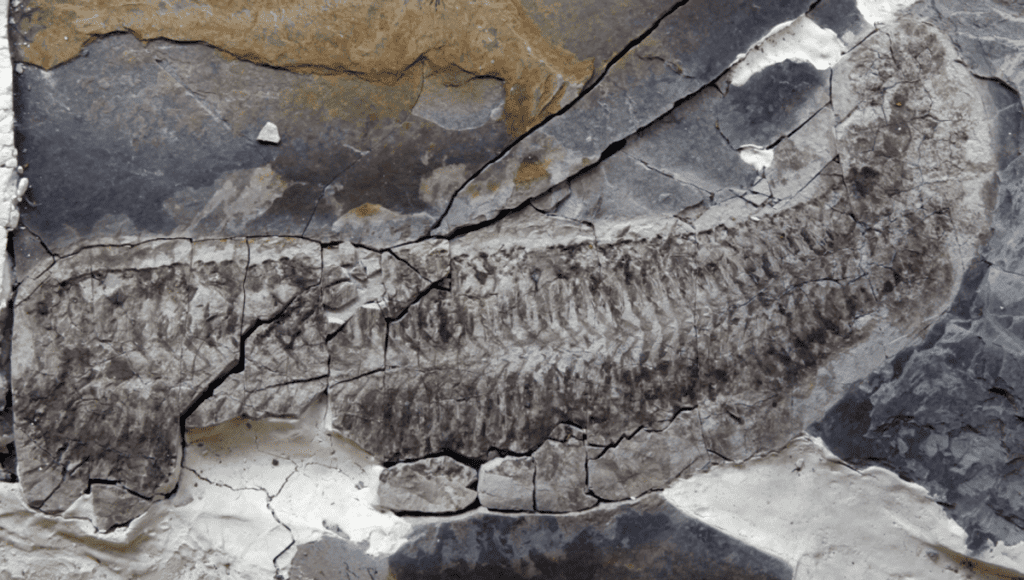A new species of ancient arthropod, estimated to be 444 million years old, has been discovered in the Soom Shale near Cape Town, South Africa. Professor Sarah Gabbott from the University of Leicester describes the specimen, nicknamed “Sue,” as baffling due to its unusual preservation, which left it stored inside out. Gabbott likens paleontology to detective work, piecing together limited clues to discern the fossil’s identity and origin.
The fossil’s anatomy was unlike any previously known specimens, complicating its classification in the evolutionary tree. After a meticulous three-day excavation and transportation back to England, Gabbott worked extensively to understand Sue, ultimately realizing that unusual conditions, such as low oxygen and the presence of hydrogen sulfide, contributed to its unique preservation. This environment likely offered a refuge during a significant glacial event that wiped out 85% of species on Earth.
The study, which represents 25 years of research, led to the naming of the fossil Kerubussanae, after Gabbott’s mother, who jokingly requested the honor while still alive. The research highlights the remarkable nature of Sue’s preservation and the intricate processes involved in studying ancient life, with the findings published in the Journal of Palaeontology.
Source link


